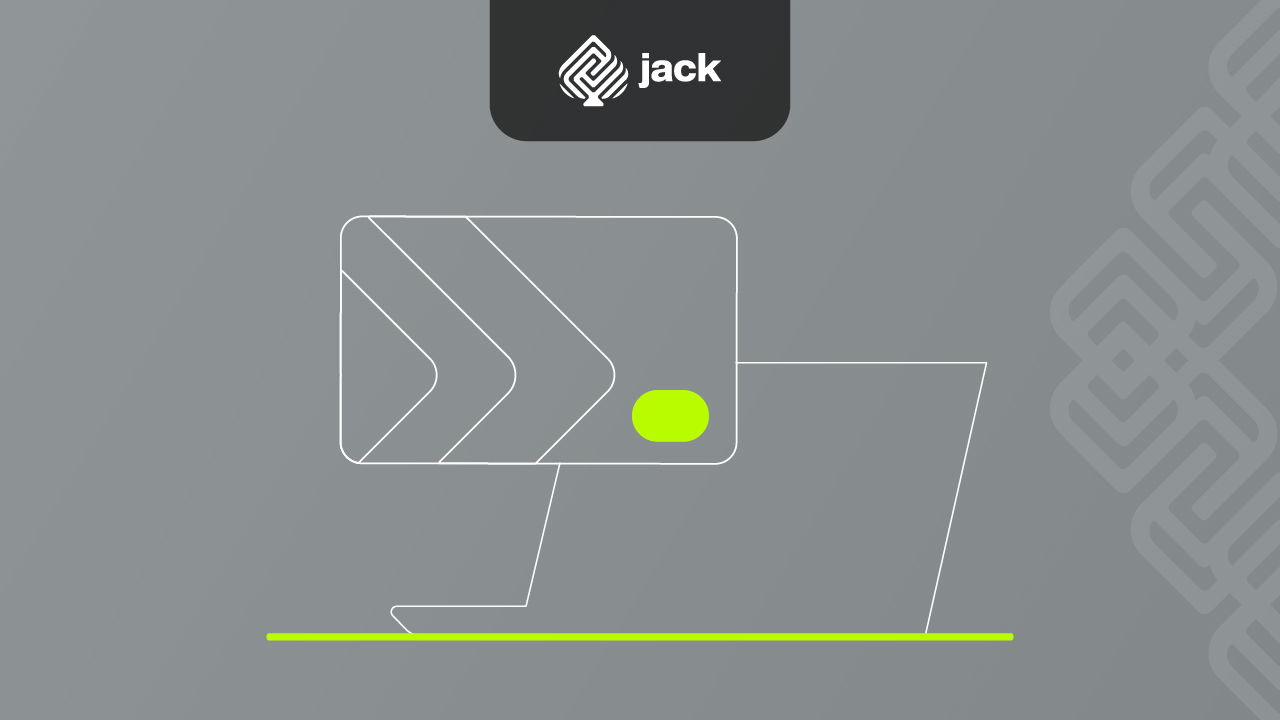The business world cannot be separated from accounts receivable. Unlike consumers who typically use debt to meet daily needs, accounts receivable in business is used as capital for reproduction. This potential accounts receivable is called accounts receivable turnover or also known as account receivable turnover.
As mentioned earlier, accounts receivable in the business world aims to keep the economic wheel turning. In other words, the money from these debts can provide profit by increasing earnings. However, this happens only when it is managed correctly.
To understand what accounts receivable turnover is, let’s review the explanation below.
Definition of Accounts Receivable Turnover

Accounts receivable turnover is a financial ratio that indicates how many times a business can convert accounts receivable into cash. Since accounts receivable represent a potential source of cash inflows for a company, a low turnover ratio can lead to cash flow problems.
On the other hand, a higher turnover ratio means that the company collects payments from customers more quickly. Therefore, companies strive to increase their accounts receivable turnover ratio to enhance revenue.
Like other financial ratios, the ideal accounts receivable turnover ratio may vary among businesses in different industries. Therefore, it is important to compare it with other companies in the same industry to provide a more objective assessment.
Objectives of Accounts Receivable Turnover

The existence of potential accounts receivable turnover in a business has its own objectives. Some of these objectives include:
- Determining the length of time needed for accounts receivable collection during a specific period.
- Knowing the average inventory stored in the warehouse.
- Understanding the average form of transactions in terms of accounts receivable collection.
- Determining how many times the invested funds in fixed assets rotate within a specific period.
- Understanding the function and usage of all company assets through sales.
Importance of the Accounts Receivable Turnover Ratio

Fundamentally, the accounts receivable turnover ratio is a metric used to compare total sales revenue with actual customer payments. It can be converted into Days Sales Outstanding (DSO) to indicate the average number of days it takes for a company to collect payment for sales booked during an accounting period.
Both management and financial analysts examine it carefully because it affects liquidity. Accounts receivable arise when customers have received goods but have not yet paid at the time of the accounting report. So, the company receives cash payment not on the day the goods are shipped but a few days later.
Reporting System for Potential Accounts Receivable in Financial Statements

In preparing financial statements, companies report accounts receivable on the balance sheet and revenue on the income statement before receiving cash payment. Therefore, during this period, although the revenue figure in the income statement increases, the company’s cash does not.
Then, after receiving payment, the company reports an increase in cash and a decrease in accounts receivable in the same amount.
Issues may arise because not all customers pay their invoices on time. The company needs to collect them by implementing effective credit policies and collection strategies. High-quality customers will quickly pay the invoices sent to them.
On the other hand, others may not pay their invoices for weeks or even months after they are issued, which can lead to bad debts and a low likelihood of collecting money from customers.
Calculating the Potential Accounts Receivable Turnover Ratio

We calculate the accounts receivable turnover ratio by dividing credit sales by the average accounts receivable. Accounts receivable is found on the balance sheet under current assets. We calculate the average accounts receivable by adding the beginning accounts receivable balance to the ending accounts receivable balance and then dividing the sum by two.
Alternatively, as an alternative to credit sales, we can use the sales figure from the income statement. Here is the formula for the accounts receivable turnover ratio:
Accounts Receivable Turnover Ratio = Credit Sales / Average Accounts Receivable
Let’s take a simple calculation example. A company records credit sales of $4 million. Meanwhile, the average accounts receivable on its balance sheet is $400,000.
By inputting this data into the formula above, we get an accounts receivable turnover ratio of 10 = $4,000,000 / $400,000.
Interpreting the Accounts Receivable Turnover Ratio

A higher accounts receivable turnover ratio is better. This means that the company is able to collect money more quickly. Customers pay their bills promptly due to the effective credit policies and collection procedures of the company.
On the other hand, a lower ratio is undesirable as it takes longer for the company to collect payments. This can disrupt the liquidity and cash flow within the company. The cause may be ineffective credit policies or collection procedures. Alternatively, the company may be too lenient in granting credit.
Steps to Improve Potential Accounts Receivable from Customers

Since accounts receivable also involves customers, it is important to understand how to improve their potential accounts receivable. Some strategies to collect accounts receivable from customers are as follows:
1. Establish Payment Schedules
When making a sale or undertaking a large-scale project, create a payment schedule that is acceptable to both the company and the customer during contract negotiations. Avoid placing the full payment on the due date. Instead, divide it into several instalments with specific due dates. This will ease the burden on both parties in realizing the project.
2. Offer Discounts or Payment Incentives
In providing price quotations, the company typically includes a margin above the cost of goods sold. By reducing a small portion of the profit from the products sold, it will not significantly impact revenue. Offer slight incentives or discounts to customers who pay their accounts receivable on time or before the payment due date. This may motivate customers to pay their debts promptly.
Utilize Jack for Your Business Needs
That concludes the explanation of potential accounts receivable turnover to increase profit. We hope this information is beneficial.






